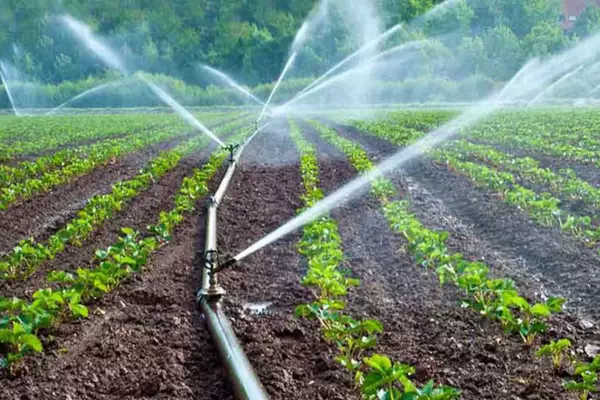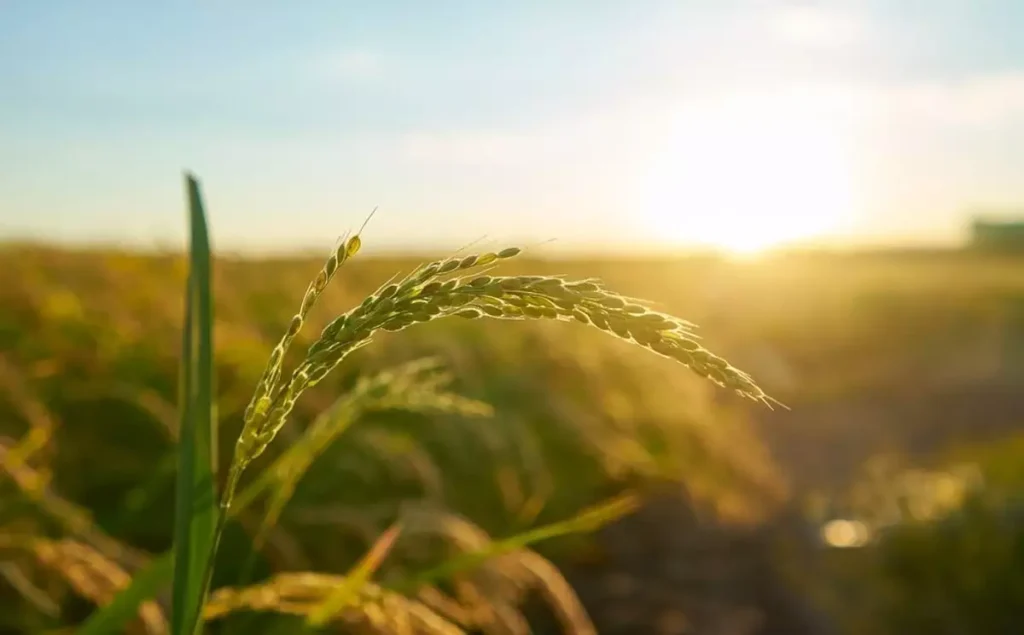Union Agriculture Minister Shivraj Singh Chouhan announced 18,000 crore expenditure on setting up 100 export-oriented horticulture clusters in the next five years to boost farm income.
About Horticulture Clusters (HC):
- Horticulture Clusters are defined as regional or geographical concentrations of targeted horticulture crops designed to enhance productivity and profitability through integrated, market-driven approaches.
- These clusters focus on the entire value chain, from pre-production to marketing, utilizing geographic specialization to boost efficiency and output.
Benefits:
- Reduces harvest and post-harvest losses by facilitating innovative technologies.
- Facilitates stakeholders in the global value chains and offers specialization in production, post-harvest management, marketing, and exports.
- Improves access to advanced technologies and better market linkage, enhancing the quality and quantity of produce.
- This organized approach helps achieve economies of scale, attracting better financing and fostering innovation through focused research and development.
Challenges:
- Lack of high-quality seedlings and rootstock, persistent pests, and climate change affecting crop productivity and overall financial viability.
- Substantial initial investment required and complexity in managing diverse stakeholder interests.
- Persistent issue of aligning clusters with existing agricultural practices and ensuring that benefits are equitably distributed among all participants, from small farmers to large agribusinesses.
Status of Horticulture in India
- Horticulture in India contributes about 33% to the agriculture Gross Value Added (GVA), highlighting its critical role in the Indian economy.
- India is the second largest producer of fruits and vegetables globally, trailing only behind China.
- The total production of horticulture crops in India for the year 2022-23 is estimated at 355.48 million tonnes.
- Despite its vast production, India’s share in the global horticulture market stands at nearly 1% only.
- Comparatively, India’s production of horticulture crops surpasses that of food grains, with the former achieving about 320.48 million tonnes from a much smaller area of 25.66 million hectares.
- The productivity of horticulture crops, at 12.49 tonnes per hectare, is significantly higher than that of food grains, which is 2.23 tonnes per hectare.
- From 2004-05 to 2021-22, the productivity of horticulture crops has increased by approximately 38.5%.
- According to the Food and Agricultural Organization (FAO), India leads the world in the production of specific vegetables such as ginger and okra, and fruits like banana, mangoes, and papaya.
- In terms of exports, India is ranked 14th in vegetables and 23rd in fruits.
- Unfortunately, about 15-20% of fruits and vegetables are wasted at various points along the supply chain or at the consumer level, contributing to greenhouse gas emissions.
Steps Taken by the Government to Boost Horticulture:
- Mission for Integrated Development of Horticulture (MIDH): A centrally sponsored scheme for the holistic growth of horticulture, covering a wide range of crops with significant financial contributions from the Union and state governments, especially in North East and Himalayan regions.
- National Horticulture Mission (NHM): Implemented by State Horticulture Missions in selected districts across 18 states and 6 union territories to promote horticulture development.
- Horticulture Mission for North East & Himalayan States (HMNEH): Focuses on the development of horticulture in the North East and Himalayan regions.
- Central Institute for Horticulture (CIH): Established in Nagaland to provide technical support and training for farmers and field functionaries in the North Eastern Region.
- Coordinated Programme on Horticulture Assessment and Management using Geoinformatics (CHAMAN): Develops scientific methodologies for accurate estimation of area and production under various horticulture crops.
- Capital Investment Subsidy Scheme: Supports the construction, expansion, and modernization of cold storage facilities for horticulture products.
- Horticulture Cluster Development Programme (CDP): Aims to enhance the growth and competitiveness of identified horticulture clusters, improving exports by 20% and addressing sectoral challenges from pre-production to marketing and branding.
Ref: Source
| UPSC IAS Preparation Resources | |
| Current Affairs Analysis | Topperspedia |
| GS Shots | Simply Explained |
| Daily Flash Cards | Daily Quiz |
Frequently Asked Question:
What are Horticulture Clusters (HCs)?
Horticulture Clusters are specialized geographic areas focused on enhancing the productivity and profitability of horticulture through integrated, market-driven approaches.
How do Horticulture Clusters benefit the horticulture industry?
They reduce losses, facilitate stakeholder integration into global value chains, and enhance production efficiency through advanced technologies and market linkage.
What percentage of agriculture’s Gross Value Added is contributed by horticulture in India?
Horticulture contributes approximately 33% to the agriculture Gross Value Added in India.



